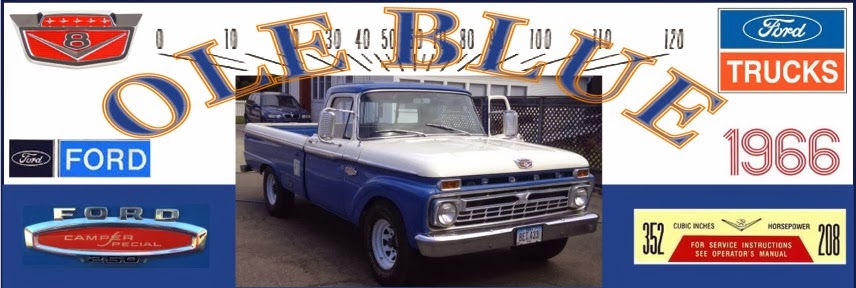1. Form the door glass run to the window glass, recommend holding down the door glass run on top of glass by one person, while the other person molds the door glass run over the curvature of the glass.
NOTE: Much has been written about the metal edges kinking and bending when the curve is put into the window run.
 |
| If ends don't slide out, the bend will kink! |
2.Slip in the division Bar: Install it at about a 45-degree angle; turned 180 degrees opposite the way it mounts. We slipped the shipping plastic back over the top to minimize scratching the new paint. we loosely connected the top screws and left it hanging. .
3. Door Glass: With the door glass run bent; install the door glass through the door access panel and lean against inside of door.
5. Vent Window: At this point the door glass, regulator & division bar are inside the door panel; with the door glass and division bar laying down in the bottom of the door panel. Insert a nylon rope / string under the outside of the rubber vent window seal; leaving a large portion expose at both ends to grasp when pulling the rubber seal lip over the door frame.
We installed the vent window using two screws along the A post and tighten them about 3/4 of the way. (Ensure the nylon cord is on the outside of the door frame prior to this point). Go ahead and slowly pull the cord to over lap the rubber seal against the outside door frame.
6. Division Bar: Slide division bar into place; making sure the bottom attachment plate is over the top of the regulator mechanism and bolt to the inside two bolts securing the bar to the regulator. Also screw the top two screws (through the door frame) loosely into place. Ensure the vent window screw; that's inserted through the horizontal portion of the vent rubber near the vent window handle is screwed into the division bar at this time.
7. Door Glass Run: With the now formed window run, install run through the top of door, guide door run along the inside channel guide along the door handle side. Reach up through the access panel to guide the dove tail clip into the groove at the top of the metal channel that the door glass run slides into. This channel bar is vertical along the door handle side, bolted through the door panel near the door locking mechanism.
* Use a 3/8" thick wood stick to snap run into alignment holes; don't put pressure into curvature portion only along the top three snap holes and two side snap holes of the trim portions.
8. Door Glass: Lift door glass from bottom of door panel along division bar & door glass run trim. Once align with regulator arm attach with cam roller & clip, (I use new plastic cam roller but found that my original (E clip or Jesus clip) attach cam roller better than my new made in Taiwan clip).
Crank glass up about 1/3rd of the way out; have a person hold squarely the glass for proper alignment while another person tightens division bar bolts and screws; we also tighten the vent window screws securely at this time.
9. Anti-Rattlers: Anti- rattlers are the last item to install and can be snapped into place with your finger and with the thinner portion of the wood shim we use. There are real thin metal pieces on the ends of the Anti-rattlers; we place the ends along the outside of the division bar and door glass run.
After this step just reattach your door trim, armrest, handles and access panel. The DC illustration really helped and we recommend due to having pictures for each step; the main difference between them and us was when we installed the vent window. The write-up by Mitch 'Customcab' on the Ford Truck Enthusiast site (http://www.ford-trucks.com/forums/447502-installation-of-door-windows-parts.html) was also very helpful.

























